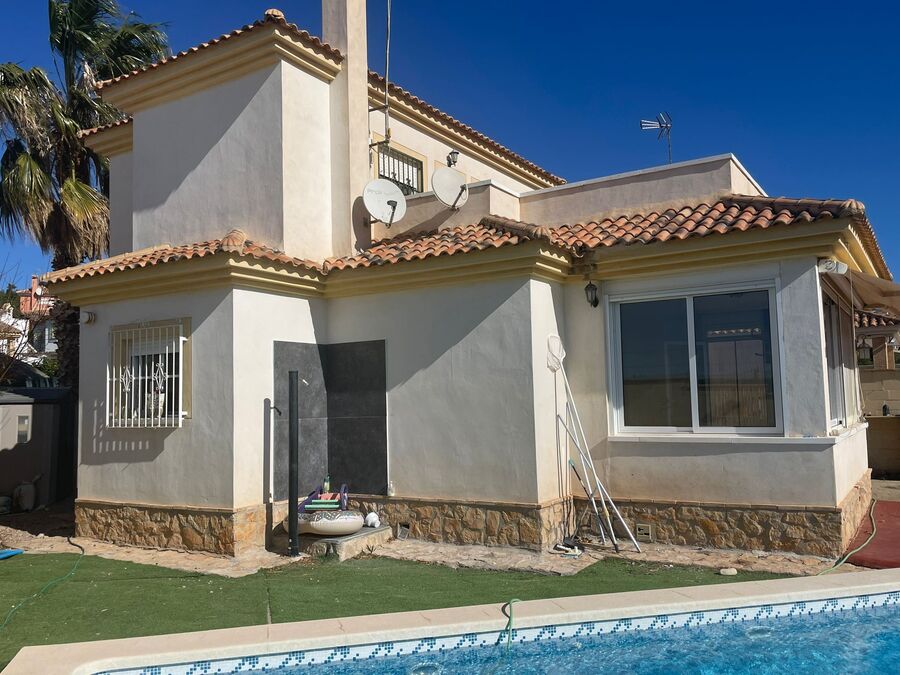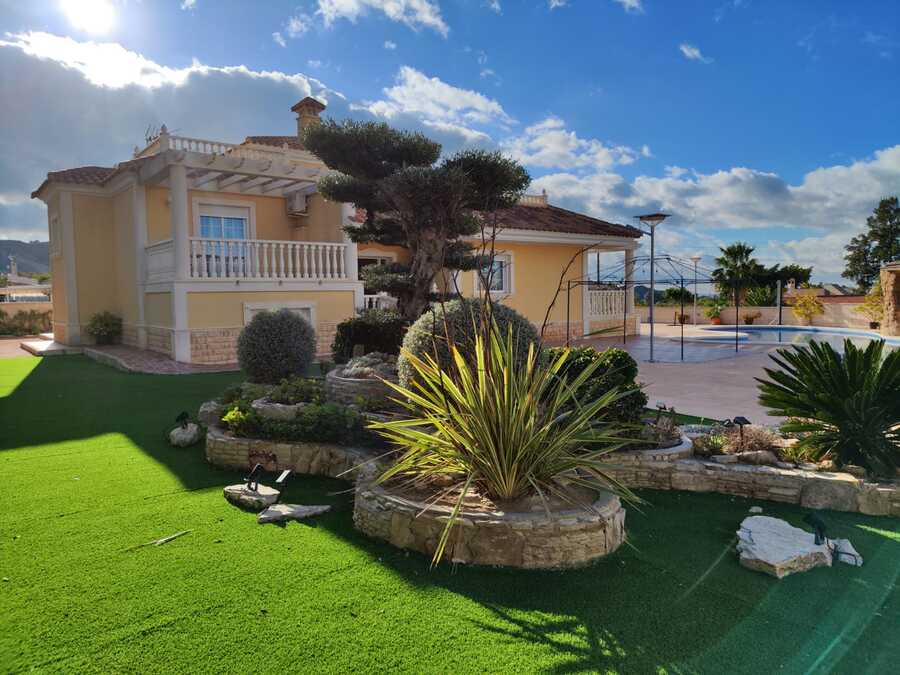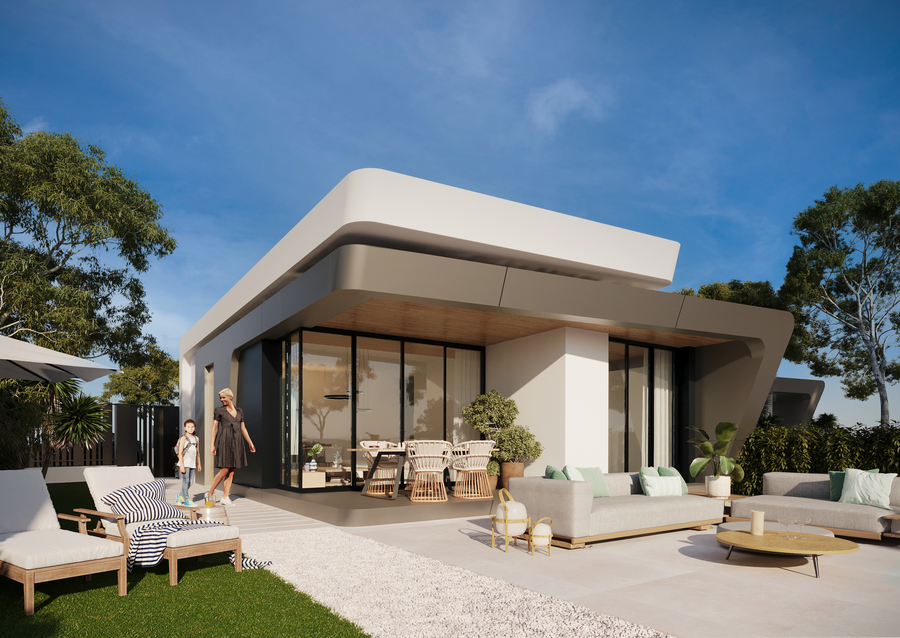Costs of buying property in Spain
When buying property in Spain, always keep digital and hard copies of all invoices related to your purchase. Likewise, if you ever do building work on the property once you own it, keep copies of all licences and invoices. You may be able to offset these expenses against capital gains when you sell, and so reduce your Spanish capital gains tax on property sales
It is your responsibility to be informed and do your own numbers, rather than rely on the claims of others. Here we explain all the different types of costs, but bear in mind that the actual cost will depend on your particular circumstances.
Costs of buying property in Spain
As a buyer of property in Spain there are a number of costs and taxes over and above the property price that you will have to pay. Depending upon whether you are buying a new property from a developer, or a resale property from a private individual, you will either have to pay VAT & Stamp Duty, or a transfer tax. The different cases are explained below, along with the other costs and taxes that are common to both cases.
NEW BUILD FROM A DEVELOPER (OR BANK)
VAT & Stamp Duty (IVA & Actos Jurídicos Documentados – AJD)
These taxes apply for residential properties being sold for the first time (never previously occupied), or for commercial properties and plots of land. This is a national tax, so VAT is the same wherever the property is located (with the exception of the Canaries, which have their own version of VAT).
At present VAT (known as IVA in Spain) is 10% on the purchase price of residential properties (villa, apartment, etc), and 21% for commercial properties and plots of land.
VAT on newly-built homes rose from 4% to 10% on 01/01/2012.
The Stamp duty (known as AJD) is 1,5% of the price of the purchase, but might go up in some regions, so be sure to check on the latest rate. Both VAT and Stamp Duty are paid by the buyer, and if any deposit is paid before completion of the sale, such deposit will be subject to VAT at the moment of payment of this deposit. In this scenario there is no transfer tax to pay.
Resale
Transfer Tax (Impuesto sobre Transmisiones Patrimoniales – ITP)
This tax applies if the property is deemed to be a second or posterior transfer (i.e. not the first time a newly built home is bought), and is paid by the buyer. If any deposit is paid before completion of the sale it is not subject to ITP pro rata. However the full amount of ITP still has to be paid upon completion. In this scenario there is no VAT to pay, and stamp duty is already included in this tax.
The Transfer Tax rate is ceded to the autonomous regions, who can choose to apply the general rate, or their own rate.
The general (national) rule of ITP is 10%, but many of the autonomous regions have applied higher local rates. The rate you pay depends upon the autonomous region where you buy (for more information see Transfer tax on resale homes – Impuesto de Transmisiones Patrimoniales (ITP))
Income Tax Provision When Buying From Non-residents
If the seller is not a Spanish resident, the buyer has to withhold 3% of the purchase price and pay it to the tax authorities (application form 211). If this is not done the property will be considered by the tax authorities as the asset backing the capital gains tax liability of the seller. This condition is very unlikely to apply when purchasing from a developer.
Costs that affect both new build and resale property purchases
Mortgage costs
If you choose to buy with a mortgage then this will incur several additional costs. First there will be the property valuation that the mortgage provider will require before granting the mortgage. This is paid for the by the buyer and can cost around 500 Euros. Then there will be the costs of the mortgage itself. This varies according to the provider, and even according to the particular branch. However there is usually some kind of opening fee of around 1% of the value of the mortgage. Finally a mortgage will increase the Notary expenses.
Notary Expenses
Notary expenses are nearly always paid by the buyer and are calculated in relation to the purchase price declared in the deeds of sale. To be on the safe side you should calculate Notary fees as being 1% of the purchase price declared in the deeds of sale. In many cases however Notary fees are more like 0.5% (or less) of the price declared in the deeds.
Property Registry Inscription Fees
Expenses related to inscribing the sale with the land registry are also nearly always paid by the buyer, and are calculated in relation to the purchase price declared in the deeds of sale. To be on the safe side you should calculate 1% of the purchase price declared in the deeds, though once again it depends upon the property and the area, and the fee could be considerably lower.
Other Costs
Bear in mind that it may be prudent to carry out a survey of the property and that this will have a cost.
In Summary, allow for up to 14-15% of the purchase price in taxes and other costs.
If the buyer takes out a mortgage these costs can be somewhat higher due to an additional public deed for the mortgage and the inevitable bank charges involved. In this case transaction costs might reach between 10% and 12% of the value of the property purchased.
Banking Costs
To pay for the property, you will more than likely need to write a banker’s cheque. In order to do that, you will need to open an account in a Spanish bank and transfer money from the bank in your country. The cost of transferring the money can go up to 0,4% of the amount transferred. The banker’s cheque will most likely cost 0,5% of its amount.
Plusvalía Municipal Tax
This is normally paid by the vendor, but it can become a problem for the buyer if the vendor fails to pay it. Buyers have to be particularly careful with this tax when the vendor does not live in Spain. See the section below on costs to bear in mind when selling property in Spain for more information.
Costs of owning property in Spain
There will of course be costs associated with owning a property in Spain. Some of these will be maintenance costs, such as cleaning, repairing, reforming, utility bills, rubbish collection, and so on. These will be determined by the size and type of the property you buy. Obviously a large villa with a garden and pool will require much more effort and cost to maintain than a small apartment. For cleaning a figure of 10 Euros an hour is fairly typical throughout Spain.
Apart from the general maintenance costs referred to above, there are a number of costs in the form of taxes and fees that property owners in Spain face.
Property Ownership Tax (Impuesto Sobre Bienes Inmuebles – IBI)
A local tax on the ownership of property in Spain, irrespective of whether the owner is a resident or not. Calculated on the basis of the valor catastral (an administrative value that is usually lower than the market value, sometimes considerably so) set by the town hall the tax rate goes from 0.4% – 1.1% of the valor catastral depending on the Spanish region.
Community Fees
Owners of property that is part of any development, building, or complex in which common zones are shared with other owners are by law obliged to be members of the community of owners, know as the Comunidad de Propietarios. This will entail paying community fees for the upkeep of the common areas, and any other services that the community vote for. The fees will vary according to the magnitude of the common areas, the costs of maintaining them, and the services that the community vote for. A budget for annual community expenses is approved by majority vote of all owners (or representatives) who are present at the annual general meeting of the Comunidad de Propietarios.
Insurance
Household insurance will vary according to the circumstances of the owner and the type of property. However it should be born in mind as a cost that all property owners will face.
NIE
Spanish legislation makes it compulsory for anyone selling or buying property in Spain to have a NIE - Numero de Identidad de Extranjeros which, translated, means "Identity Number for Foreigners". The NIE is actually just a piece of paper with your name and number and a official stamp.
Then, once it became necessary to have one, your legal representative could get one for you. It is necessary for anyone paying money to the Spanish Inland Revenue (Hacienda) to have a Spanish identity number, and to obtain it in person unless you give someone else legal representation.
How do I get a NIE?
In theory it's easy. All you have to do is to go to the Policia Nacional station (Extranjeros department) where the property that you are buying belongs to (find out which one is nearest you in this list of National Police Offices in Spain). You must fill in, sign an application form, a complete copy of your passport and your original passport. In some Regions, a photograph is requested.
In practice, and depending on where you live, this should be quite straightforward. However, the Spanish Foreign Office still makes no distinction between EU-member state cititizens and other foreigners applying for the all-important NIE, so in certain places you will have to join a very long queue of immigrants in Spain seeking the same paper as you. Some Offices schedule a couple of days a week for applying for NIE, please check.
.jpg)




